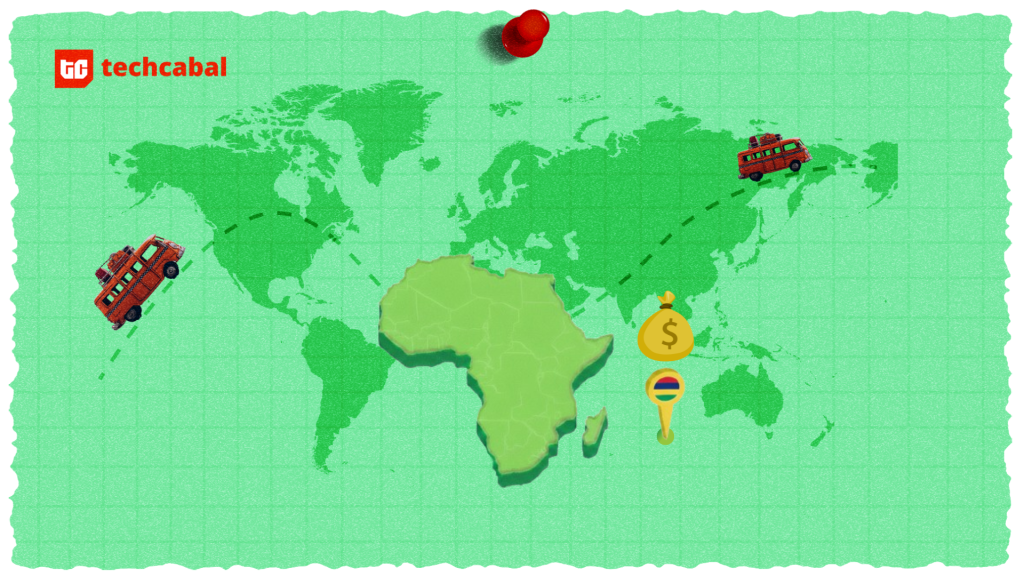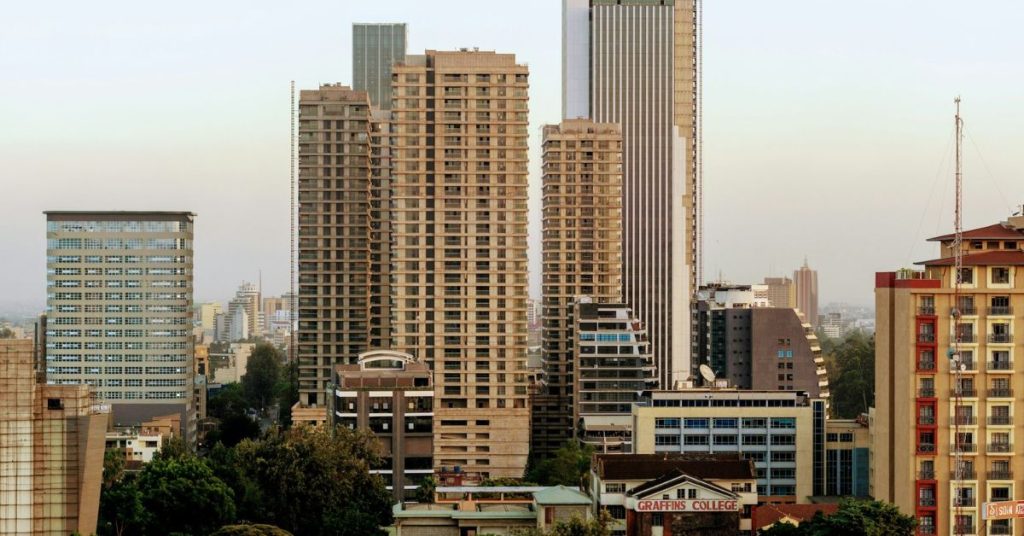Kenyans are using the hashtag Maandamano on Twitter to protest the high cost of living. Offline, the protests have caused disruptions in public transport and businesses.
For most Kenyans, Wednesday, July 12, was the mother of all protests, also referred to as Maandamano, over the towering cost of living crisis. The protests hope to stop the Kenya Kwanza government’s planned tax increase. Many groups, including the opposition coalition, Azimio La Umoja, public service vehicles (PSVs), and taxi association of Kenya, braced themselves for nationwide demonstrations today. The Star reported that the cost of living in Kenya went up by 13.4% in March 2023 alone. The most affected essential services are housing, transport, and electricity.
There are polarised views on the #Maandamano. Supporters of the protests believe they are a genuine cry for the government to think about the “common mwananchi” struggling to make ends meet in the current economy. Kenya’s opposition leader, Raila Odinga, has been vocal about issues such as the high cost of living, false promises by the Kenyan government, unreasonable taxation, and little effort to fight corruption that has crippled the country. Most of his followers agree with him.
Other Twitter users have dismissed the protests as a strategy by the opposition to stall any efforts by the Kenya Kwanza government to transform the country for the better. #Maandamano’s days have become synonymous with violence and destruction of property across the country as law enforcement officers take on the protestors.
People have also raised concerns over the disruptions resulting from the protests. For instance, public transport stopped, which was a major challenge for people going to work. Most businesses were also closed due to fear of vandalism.
What are Kenyans saying about the protests?
Twitter has become a popular space where Kenyans share their encounters with the #Maandamano. One video shared widely on the platform is that of Matatu operators playing a game at the Nanyuki main stage where normal operations stopped.
Heavy police vigilance nationwide did not prevent protestors from turning up for the habitual #Maandamano. Some places, such as Kangemi, Machakos, Mlolongo, and Nakuru, have been turned into a battlefield between stone-wielding protestors and armed police officers.
As heavy as the issue is, other Twitter users have found an opportunity to joke about the #Maandamano. The users see the protests as a mid-week holiday or an early weekend break from their busy work life.
Other users have expressed disappointment with the low police turn-up in their respective areas. One user even tagged the National Police Service account and requested them to send units to Oyugis, where protestors were bored.
Are the protests making sense? Why are Kenyans angry?
Kenyans are angry and frustrated by their government. The cost of fuel, food, and other crucial goods has exponentially increased in the last few years. Elected legislators have failed to address their grievances. As a result, many Kenyans have decided to express their frustrations on the streets.
Opinions from public figures?
Many public figures have also given their take on the #Maandamano. A video of the popular businessman Jimi Wanjigi has been shared supporting the protests to reduce the cost of living.
Kileleshwa MCA, Robert Alai, has also shared a series of tweets to support the #Maandamano and urged his followers to turn up for the protests.
However, public figures affiliated with the Kenya Kwanza government have downplayed the protests, encouraged people to continue their daily hustle, and shun the demonstrations.
Twitter has become a hub for Kenyans to express their opinions on various developments in the country. One should wonder if it is replacing traditional media, as locals use the platform to air their grievances widely.











